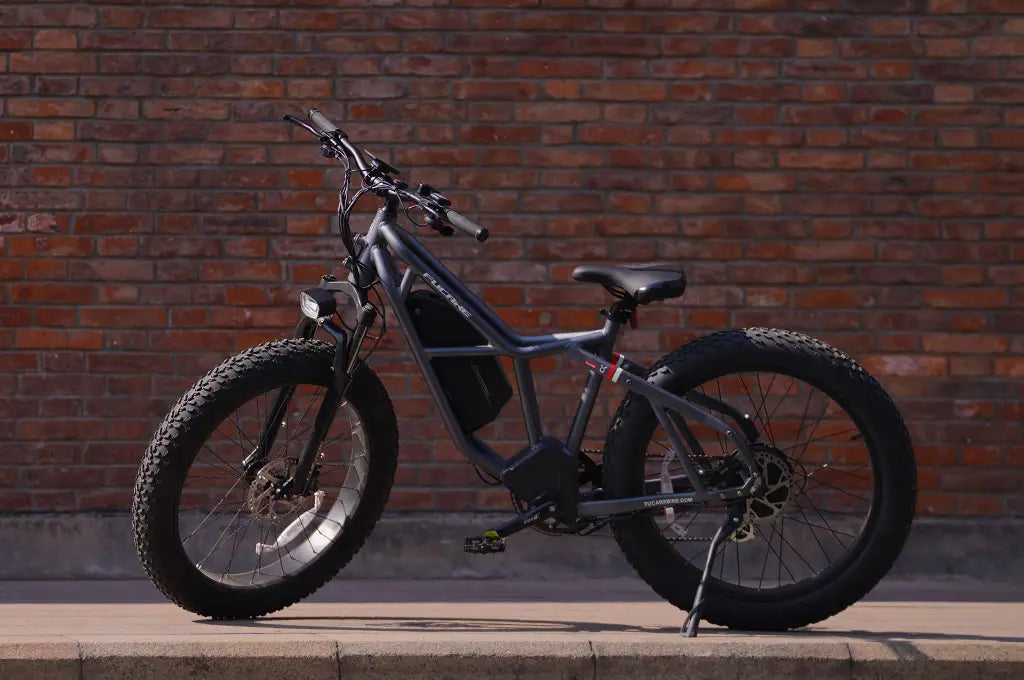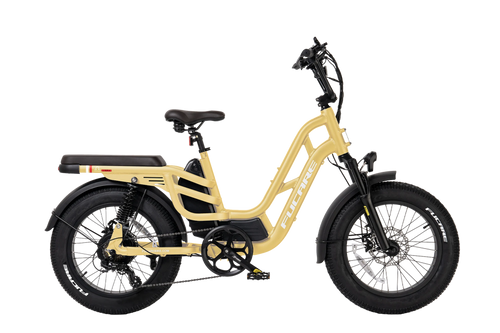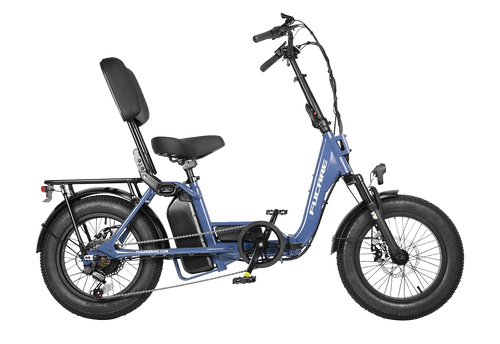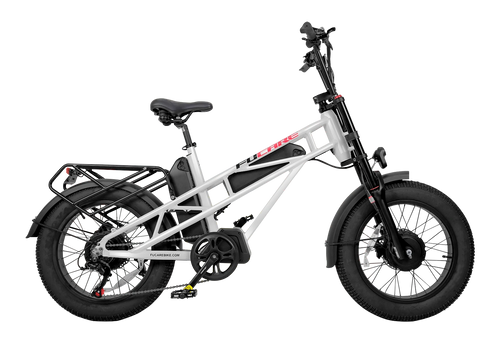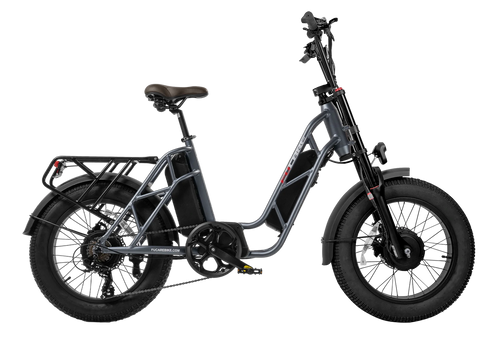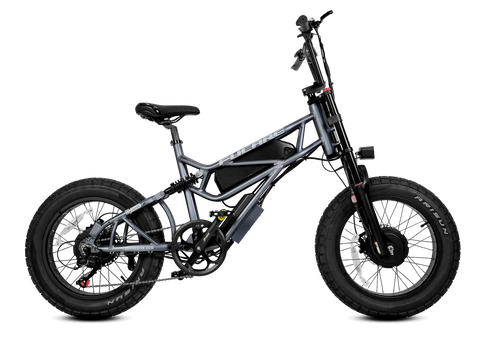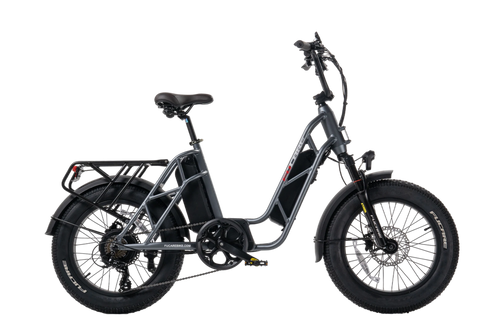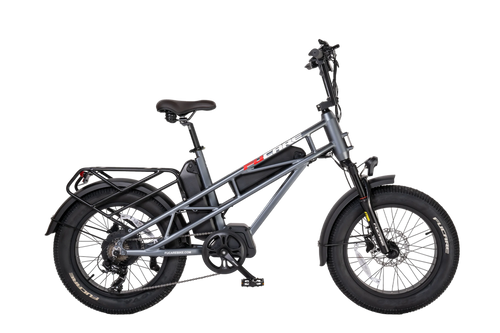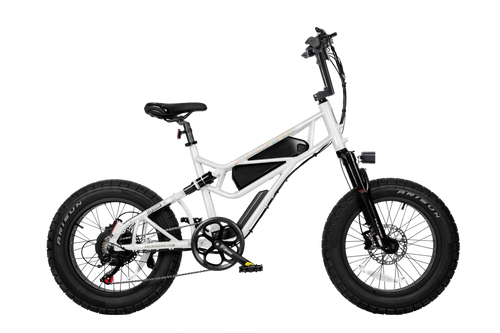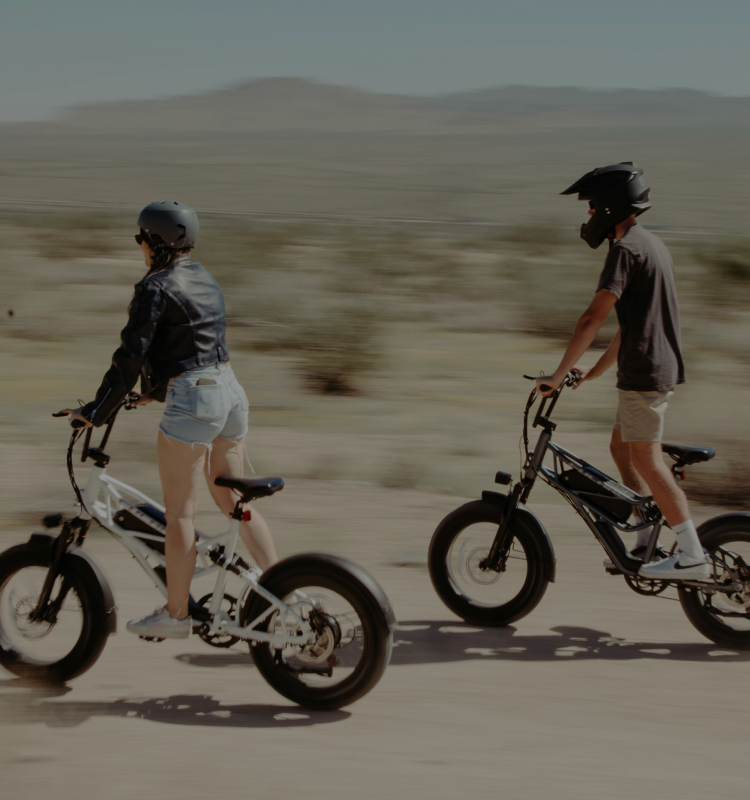E-Bike Suspension: A Comprehensive Guide to a Smoother Ride
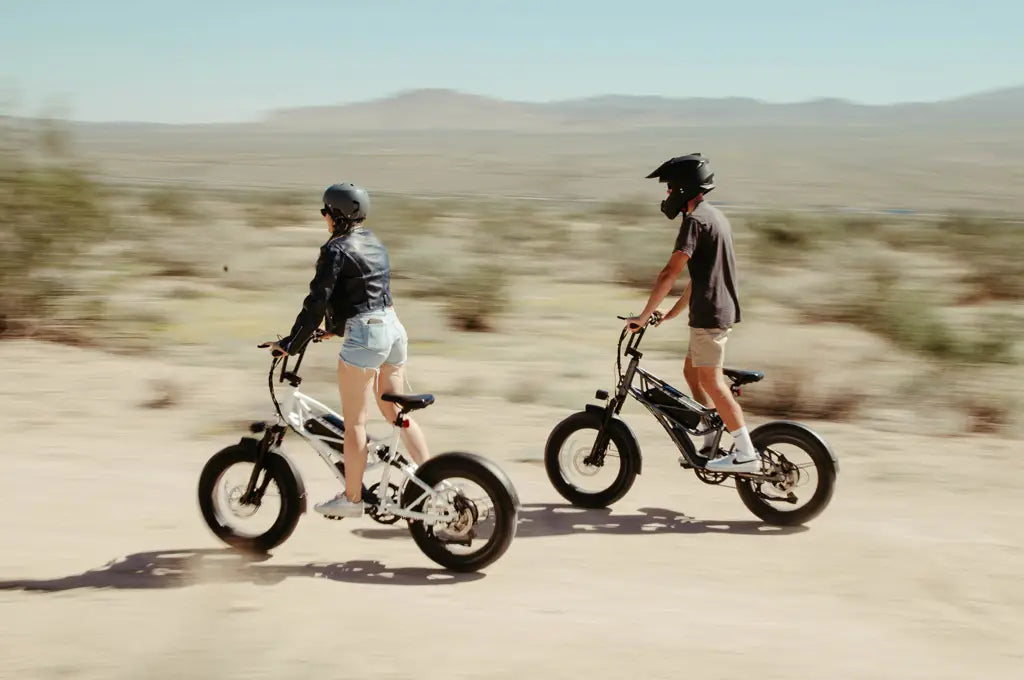
E-bike suspension systems are designed to absorb shocks from rough terrain, providing a smoother and more comfortable ride. These systems are particularly important for off-road biking, long-distance commuting, and anyone who values a smoother ride.
Understanding e-bike suspension is essential for choosing the right model and maintaining it properly. In this comprehensive guide, we delve into the intricacies of e-bike suspension, its types, benefits, and maintenance tips.
Types of E-bike Suspension
Front Suspension Forks

The most common type of front suspension on bikes is the "fork." This setup includes two struts that link the front wheel to the frame's head tube. This assembly is designed to absorb the shock generated by uneven terrain, enhancing rider comfort and control.
Two common methods used by a fork to absorb impact and then rebound back:
A coil spring suspension uses coil springs to absorb shocks and maintain ride height. These springs are typically made of steel and are wound in a helix shape, resembling a coiled or spiral shape.
Coil spring suspension is often chosen by mid-range bicycle manufacturers because it provides significant shock absorption at a lower cost. However, it tends to be heavier compared to other types of suspension.

Fucare Scorpio Fat Tire Off-Road Electric Bike
$1,199.00
30-60 Miles
750W Geared Hub Motor
960WH Samsung/LG Battery
Full Suspension
Select optionsAn air suspension system uses compressed air for shock absorption. It’s lighter than coil suspension, highly adjustable, and provides a smoother ride. The catch is that air suspensions can leak, so you’ll need to regularly check and adjust the air pressure to avoid imbalance and potential fork damage.
Front suspension is great for everyday riding, making it perfect for commuting, casual rides, and well-maintained trails. It does a fantastic job of smoothing out the everyday bumps and rough patches on the road.
Rear Suspension

Rear suspension is exclusive to full-suspension electric bikes, often simply called the "shock." Typically, if an e-bike has rear suspension, it will also feature front suspension; it's quite rare to find a bike equipped only with rear suspension.
The rear suspension setup usually includes a coil spring. This shock system enables the rear wheel to absorb impacts, maintaining tire contact with the ground. This not only enhances rider control but also reduces fatigue.
Full Suspension
A full suspension e-bike typically features independent suspension systems for both the front and rear wheels, providing unparalleled riding comfort and control. Whether you're commuting daily or hitting the trails, you'll enjoy a smooth and enjoyable ride.
Our Fucare Libra and Scorpio e-bikes are equipped with dual suspension systems, guaranteeing an extraordinary riding experience!
Fork Adjustments

Forks on e-bikes can range from having no adjustability to featuring multiple knobs and dials for fine-tuning.
Lockout: Many forks have a lever on top of the stanchion to lock out the fork, eliminating its travel. This is useful for reducing energy loss when riding on paved surfaces or climbing smooth dirt hills.
Preload: Coil-sprung forks often include a knob on top of one of the stanchions to adjust the tension on the spring. You can increase the preload if the fork feels too soft or spongy.
How Suspension Works
When the e-bike encounters bumps, the coil or air-filled spring compresses, absorbing the impact and reducing the shock transferred to the rider. This process, known as shock absorption, is crucial for maintaining a smooth ride.
The damper complements the spring. It controls the speed at which the fork extends after compressing, preventing excessive rebound and maintaining control. Most dampers use oil to achieve this effect.
After absorbing a bump, the damper allows the spring to rebound and extend fully, preparing it for the next impact.
Common E-Bike Suspension Hiccups and Solutions
E-bike suspension systems can encounter various issues over time, affecting ride quality and performance. Here are some common e-bike suspension hiccups and their solutions:
Squeaking or Creaking Noises: These noises often indicate that the suspension components need lubrication or that there are loose parts. Applying a suitable lubricant to the suspension pivots and checking for any loose bolts or nuts can resolve this issue. Regular maintenance and lubrication can prevent these noises from occurring.
Reduced Shock Absorption: If the suspension feels stiffer than usual or doesn't absorb shocks effectively, it might be due to low air pressure in air springs or worn-out coil springs. For air suspension, check and adjust the air pressure according to the manufacturer's recommendations. For coil springs, inspect for signs of wear and consider replacing them if necessary.
Oil Leaks: Hydraulic dampers in the suspension system can develop oil leaks, which affect their performance. Inspect the suspension for any signs of oil leakage, especially around the seals. If a leak is found, replacing the damaged seals or the entire damper might be necessary.
Bottoming Out: This occurs when the suspension fully compresses and hits its limit, causing a harsh impact. It can be due to insufficient air pressure or spring preload. Adjust the air pressure in air suspension or increase the preload on coil springs to provide better support and prevent bottoming out.
Excessive Bouncing: If the e-bike bounces excessively after hitting a bump, the dampers might not be functioning correctly. This can be due to worn-out or damaged dampers. Inspect the dampers for any signs of damage and replace them if needed to restore proper damping control.
Uneven Suspension Performance: If one side of the suspension feels different from the other, it can indicate imbalanced air pressure or spring tension. Check and ensure that both sides of the suspension are equally adjusted. For air suspension, make sure both air chambers are inflated to the same pressure.
Sticking or Binding: Sometimes, the suspension can feel sticky or unresponsive, which can be due to dirt and debris buildup. Clean the suspension components thoroughly and lubricate the moving parts. If the issue persists, inspect for any damage or wear that might require professional repair or replacement.
Fork Maintenance
Protecting your fork's stanchions from scratches is essential. Even minor damage can compromise seals and bushings, degrading performance over time.
Regular cleaning with a soft cloth and mild detergent is crucial. Pay close attention to the area around the seals, removing dirt and grime.
Always consult your owner's manual for specific maintenance guidelines. While complete fork overhauls are possible, they are generally beyond the scope of most riders due to the increasing complexity of modern suspension systems.
Tip: A well-maintained fork can significantly enhance your riding experience and bike's longevity.
Conclusion
E-bike suspension systems significantly enhance the riding experience by absorbing shocks and providing a smoother, more comfortable journey. Understanding the different types of suspension, their benefits, and proper maintenance is crucial for selecting the right e-bike and optimizing its performance.
By investing time in learning about suspension technology, you can unlock the full potential of your electric bike and enjoy countless miles of pleasurable riding.
Continue reading
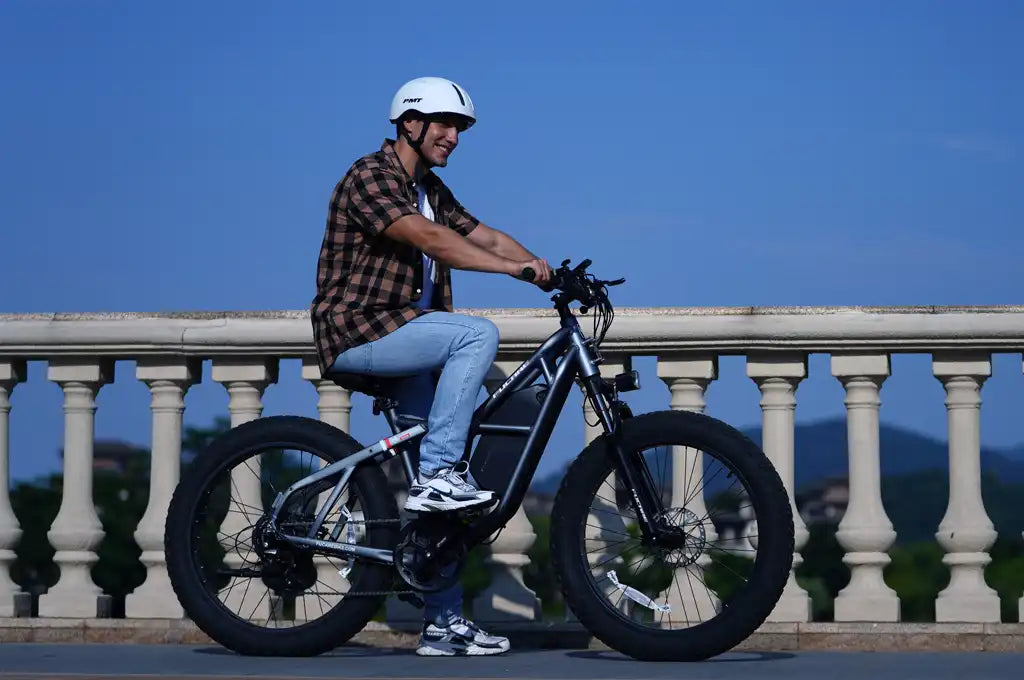
Tips for Riding an Electric Bike for the First Time
